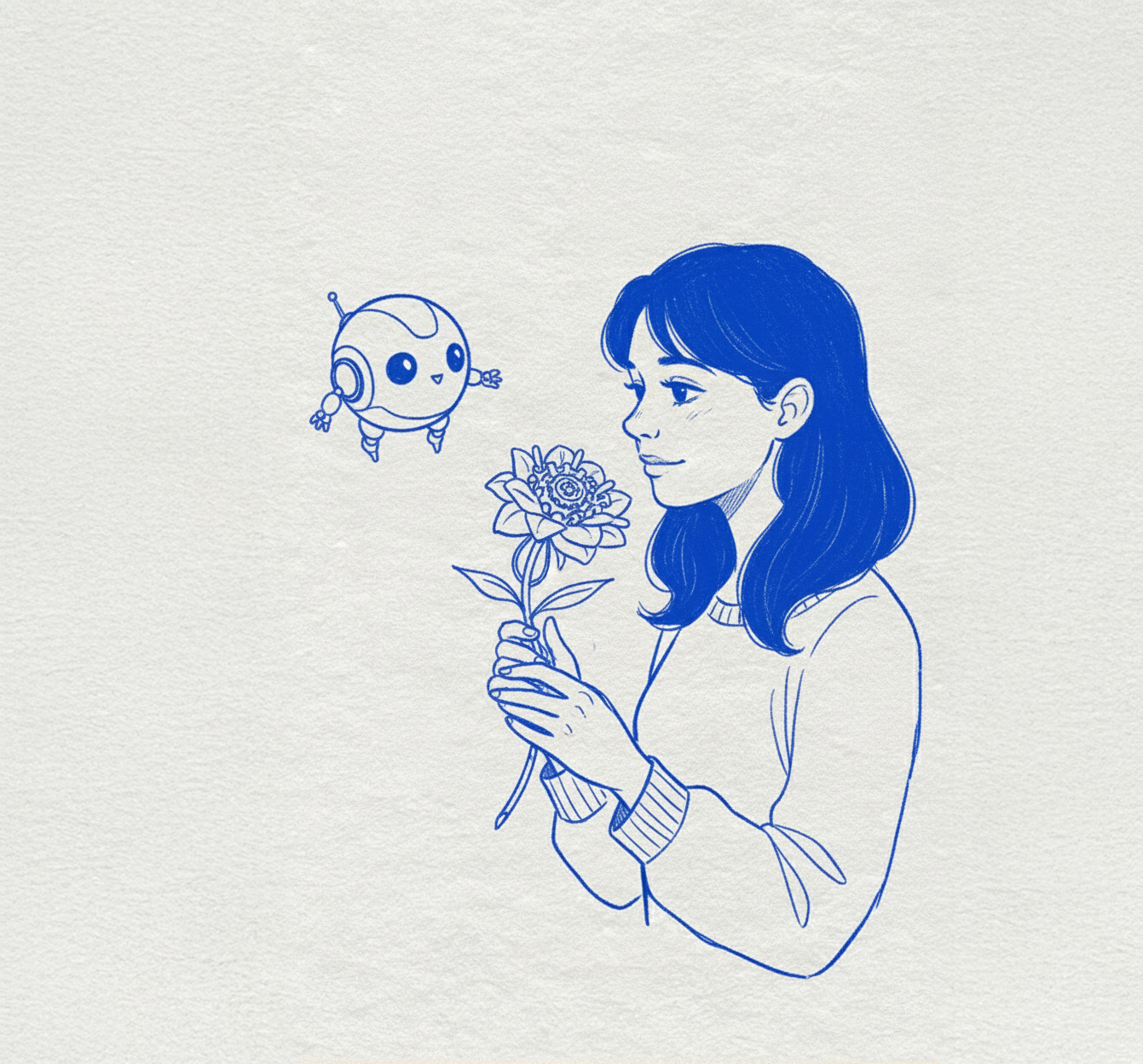
Somewhere along the way, we stopped asking why we build and began asking only how fast. Somewhere along the way, technology slipped out of our hands and became something we chase—endlessly, breathlessly, often without pause.
I've noticed this subtle, painful shift. Technology, once a tool, has become a master. Our screens tell us when to wake, where to go, what to want. And many of the people building these systems—brilliant, ambitious, well-funded—seem to wear a particular badge of honor: make something people can't live without.
It's a strange metric of success: not to improve life, but to make oneself indispensable to it. Not to build for people, but to bind them.
This is where empathy disappears.
1. Designing With, Not For
Empathy begins by stepping outside our own brilliance. It asks us to listen—not only to what people say, but to what they feel, what they avoid, what they need but cannot name.
When we design with empathy, we stop treating users as endpoints. We begin to see them as collaborators. The interface becomes a conversation, not a funnel. The product becomes an invitation, not a prescription.
In our work, we often ask simple questions: Does this reduce anxiety? Does it leave room for rest? Does it honour the user's time, body, attention?
Sometimes the answers are uncomfortable. But they always guide us toward something better.
2. Resisting the Addiction Model
A great deal of modern tech design is based on behavior loops: metrics, nudges, habits, clicks. These loops often work too well. They pull people in and don't let go.
This isn't accidental. It's deliberate. The goal is 'engagement'—not meaning, not joy, not usefulness. Just time spent.
But empathy refuses this logic. Empathy respects boundaries. It builds tools that know when to step aside. We try to design systems that respect the off-switch. That don't punish you for logging out. That don't manipulate you into returning.
This isn't less ambitious. It's more humane.
3. Technology as a Guest, Not a Host
Imagine technology not as architecture, but as furniture. Not something that dictates the shape of our lives, but something that fits gently into it.
I like this metaphor. It reminds me that tech should adapt to humans—not the other way around. The chair does not demand how we sit. The lamp does not insist on how we see.
Empathetic technology feels like that: quiet, helpful, respectful. It waits until needed. It asks nothing in return. It enhances, but does not overtake.
4. Against the Tyranny of Metrics
So many founders, especially in tech, talk about scale, stickiness, virality. They speak the language of empire, not empathy. They want users, not individuals. Growth, not impact. And more often than not, they end up building systems that extract rather than nourish.
But what if success looked different?
What if success meant a mother could breathe easier? A teenager could feel seen? A neighborhood could share more, worry less?
These are soft metrics—hard to chart, harder to sell. But they are real. They are the kind of metrics that matter, even if they never appear on a pitch deck.
5. Empathy as Infrastructure
To build technology with empathy is not just about aesthetics or interface polish. It's about how things are structured underneath. It's about power, ownership, agency. It's about who gets to decide, who gets to speak, who gets to leave.
Empathy lives in defaults. In permission settings. In how data is stored, who it is shared with, and how easily someone can opt out. It lives in the small choices that determine the big outcomes.
It's slow work. Sometimes invisible work. But it's the kind of work we believe in.
A Technology That Can Be Forgotten
There's a quiet dignity in creating something that doesn't want attention. A technology that can be forgotten because it works so well, so gently, that it fades into the background of a better life.
We want to build more of that.
Not technologies that claim your time, but ones that return it. Not platforms that trap, but ones that open. Not inventions that enslave, but ones that liberate.
This is what it means, for us, to build with empathy.
Written from the studio Where we believe technology should serve the human spirit—not consume it.